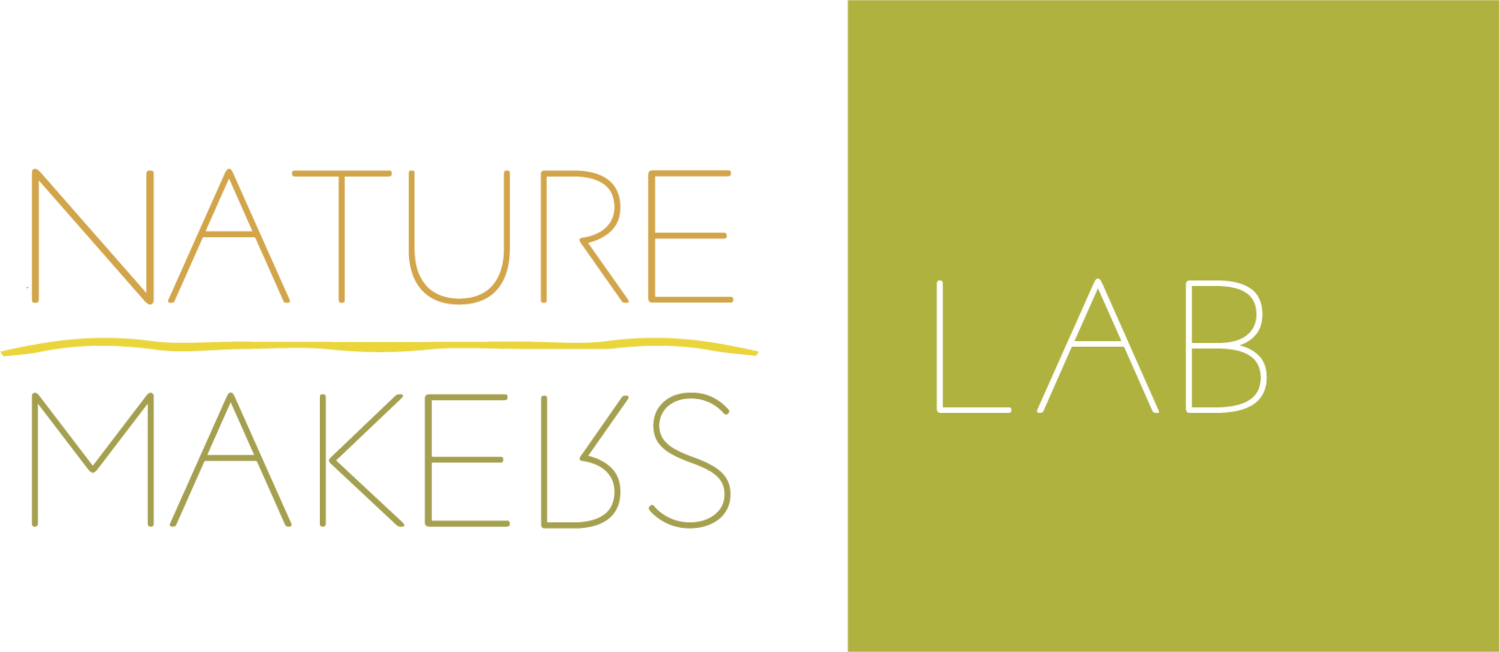What we do
MIYAWAKI FORESTS
A tiny Miyawaki forest is a densely packed native forest set up in an urban landscape. These can be as small as 25m2 — just above the size of 2 parking spaces.
In Hong Kong, a 100m2 site can host up to 400 native trees and shrubs, benefitting almost 1000 birds, bees and butterfly species.
These forests help reduce air and noise pollution, prevent floods, act as typhoon buffers and can be designed to include spaces for outdoor play and spiritual connection.
Watch this video from the World Economic Forum.
INNOVATIVE
CUSTOM SPACES
Real estate is expensive but that doesn’t mean we can’t create more spaces for nature. Street sides, fences, walls and hedgerows are all opportunities to link nature from the hills to the coast. We can also plant clusters of native trees or shrubs in small gaps of land that are otherwise unused.
It is also a chance to create more areas in the city that do more than just beautify. Native species can help filter air and noise pollution, provide food and habitat for birds and insects and help cool down any location on a hot day.
Using design thinking methods, we conduct co-creation workshops think of solutions that work best for you and your community. These are highly visual, facilitated sessions that help you deep dive into your challenge and brainstorm ideas that could work for your space.
NATURE-BASED LEARNING
“Plant blindness” is a common phenomenon in cities. Being more aware of our surroundings is the first step to becoming guardians of biodiversity.
Did you know that Hong Kong has its own variety of edible raspberries, wild cucumber and mangosteen? Or that our iconic Bauhinia tree has a climbing relative that is a favourite of butterflies?
From nature walks to interactive workshops, learn more about our local species, their history and uses. We can customize workshops suitable for all ages.
Nature Makers Lab workshops were not only educational but enjoyable and engaging for all of the Year 4/5 students. It contributed to helping our students appreciate and learn more about Hong Kong flora.”
– Sha Tin Junior School



